Richest Man In The World 2025
Elon Musk
is the richest person in the world, a title he’s held since May 2024What assets does richest man in the world possess?
Elon Musk and Tesla
- Musk is the largest shareholder, with a stake of approximately 13% to 20%.
- Tesla is his main source of wealth, accounting for more than 60% of his net worth.
Elon Musk, often recognized as Richest Man In The World, did not earn this title overnight. His journey is closely intertwined with the story of Tesla — a company that transformed the global automotive industry and redefined what modern innovation means. When people talk about Richest Man In The World, they usually imagine someone who simply accumulates wealth. But in Musk’s case, it’s more about his relentless drive to build the future through technology, vision, and risk-taking
The Beginning of Tesla
Tesla was founded in 2003 by a small team of engineers who believed that electric vehicles could outperform traditional gasoline cars. In 2004, Elon Musk invested $6.5 million in the startup, becoming its largest shareholder and chairman. That decision marked the beginning of Tesla’s evolution — and the first step on Musk’s path to being Richest Man In The World. Despite early doubts, Musk’s belief in electric technology and innovation laid the foundation for everything Tesla would become.
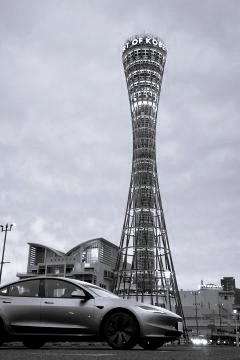
Surviving Crisis and Proving the Vision
Tesla’s early years were full of struggle. The 2008 financial crisis nearly forced the company into bankruptcy, but Musk refused to give up. He invested his own fortune to keep Tesla alive. The launch of the Tesla Roadster proved that electric cars could be fast, desirable, and practical. That turning point didn’t just save Tesla — it began to define the destiny of Richest Man In The World, showing how risk and resilience could rewrite entire industries.
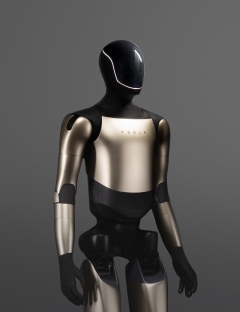
The Model S Revolution
In 2012, the release of the Model S changed everything. With its sleek design, long range, and cutting-edge technology, the Model S redefined what a modern car could be. It was the product that turned Tesla from a startup into a global phenomenon. As the company’s stock price soared, Musk’s net worth climbed, earning him recognition as Richest Man In The World. Yet, his focus remained on engineering excellence and sustainable innovation rather than personal wealth.
Expanding the Electric Empire
Following the success of the Model S, Tesla introduced the Model X, Model 3, and Model Y, expanding its reach across markets and price ranges. Each model brought Tesla closer to its mission of accelerating the world’s transition to sustainable energy. To support mass production, Musk built massive Gigafactories across the globe — in Nevada, Shanghai, Berlin, and Texas. These factories reduced costs, increased efficiency, and pushed Tesla’s valuation to historic levels, solidifying Musk’s image as Richest Man In The World built on real-world innovation.
A Personal Bond with Tesla
Elon Musk’s connection with Tesla goes beyond business. He calls himself the company’s “product architect,” personally overseeing design, software, and even marketing. Every innovation, from battery technology to AI-driven autopilot, carries his personal stamp. This level of involvement explains why Richest Man In The World is not just a title but a reflection of his creative influence. Without Musk’s passion and persistence, Tesla might never have survived, let alone become a symbol of global innovation.
The Legacy of Growth and Transformation
By 2025, Tesla’s market value has reached hundreds of billions of dollars, transforming not only the automotive world but the perception of what a tech-driven company can achieve. The story of Tesla mirrors the journey of Richest Man In The World: from near failure to historic triumph. It’s a story about vision, leadership, and belief in the impossible. Together, Elon Musk and Tesla have proven that innovation — not inheritance — defines Richest Man In The World.
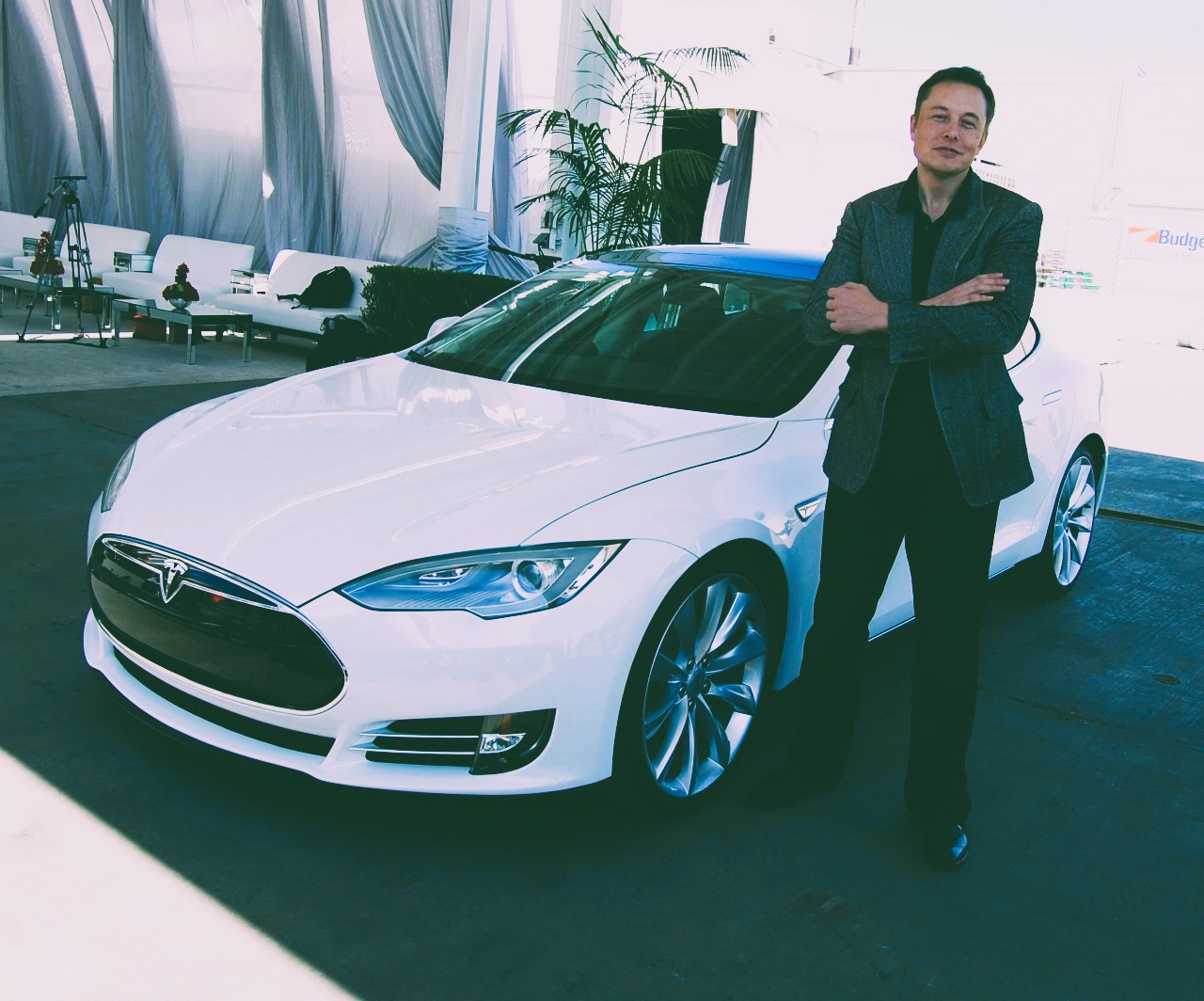
The Dream That Reached the Stars
Elon Musk, now known globally as the Richest Man In The World, has always looked beyond Earth. His vision for humanity extends far past electric cars and renewable energy — it reaches into the cosmos. This dream took form in 2002 when he founded SpaceX, the Space Exploration Technologies Corporation. While Tesla made him the Richest Man In The World on paper, it was SpaceX that defined his ambition: to make life multiplanetary and to ensure that the future of humanity is not confined to one world.

Founding SpaceX: A Mission Born from Frustration
Before SpaceX, Musk tried to buy a rocket from Russia to send a small greenhouse to Mars as a symbolic mission. When he realized how expensive and inefficient space technology was, he decided to build rockets himself. With $100 million of his own money — much of it earned before he became the Richest Man In The World — Musk founded SpaceX in a small warehouse in El Segundo, California. The goal was simple yet revolutionary: reduce the cost of space travel and increase its frequency through innovation and reuse.
Struggling Toward Success
The early years were filled with failure. SpaceX’s first three Falcon 1 launches between 2006 and 2008 ended in disaster. Each failure nearly bankrupted the company, and even Musk admitted that a fourth failure would have ended SpaceX entirely. But the fourth launch succeeded, proving that private spaceflight could work. That moment not only saved the company but also began building the legacy of the Richest Man In The World as someone who risks everything for progress. NASA soon awarded SpaceX a $1.6 billion contract, giving the startup a lifeline and a future.
Innovation That Redefined Spaceflight
What makes SpaceX remarkable is its relentless pursuit of reusability. Musk and his team developed the Falcon 9 rocket, capable of returning to Earth and landing vertically — something once considered impossible. This innovation cut launch costs by more than half and revolutionized the aerospace industry. The Richest Man In The World was not just creating wealth; he was changing the economics of space. SpaceX became the first private company to send astronauts to the International Space Station and to recover and reuse orbital-class boosters.
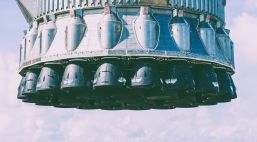
Richest Man In The World 2025

Neuralink
When people talk about Richest Man In The World, they usually think of rockets, electric cars, or satellites. But Elon Musk, Richest Man In The World, has another vision — one that connects technology directly to the human brain. That vision is Neuralink, a company he co-founded in 2016 to bridge the gap between biological intelligence and artificial intelligence. While Tesla focuses on energy and SpaceX reaches for the stars, Neuralink aims inward, exploring the deepest frontier: the human mind.
What Neuralink Does
Neuralink is a neurotechnology company developing implantable brain–computer interfaces (BCIs). Its main goal is to allow humans to communicate directly with computers using only their thoughts. Richest Man In The World believes this could help people with paralysis control devices, restore lost senses, and eventually enhance human cognition. Neuralink’s system consists of ultra-thin electrode threads — thinner than a human hair — that can record and stimulate brain activity with incredible precision.
In simple terms, Neuralink is building a digital bridge between neurons and machines. Richest Man In The World sees this as a necessary step toward a future where humans can keep pace with artificial intelligence rather than be outpaced by it.
The Vision Behind the Technology
For Richest Man In The World, Neuralink isn’t just a scientific experiment; it’s part of a larger mission to ensure the survival and advancement of humanity. Musk often warns that artificial intelligence could surpass human capabilities. Neuralink, in his view, is humanity’s “symbiosis project” — a way to merge with AI instead of competing against it. He envisions a world where uploading memories, expanding learning capacity, or even restoring damaged brain functions becomes possible. This visionary thinking has made Neuralink a cornerstone of how Richest Man In The World defines progress.
Early Development and Challenges
Neuralink started with a small team of engineers and neuroscientists working quietly in San Francisco. In 2019, Richest Man In The World publicly unveiled the company’s early prototypes — brain chips tested on animals to demonstrate the potential for recording brain signals. The technology drew both admiration and controversy.
Some praised its potential to cure neurological diseases; others criticized ethical concerns. But as with Tesla and SpaceX, Richest Man In The World thrives in skepticism, using doubt as motivation to innovate faster.
Breakthroughs and First Human Trials
By 2024, Neuralink achieved a major milestone: it successfully implanted its first brain–computer device in a human patient. The individual, who had lost the ability to move, was able to control a computer cursor using only their thoughts. This moment was historic — not only for neuroscience but also for Richest Man In The World, whose pursuit of technological integration between humans and machines suddenly felt tangible. It echoed the early SpaceX launches and Tesla’s first road tests — small steps that hinted at massive change ahead.
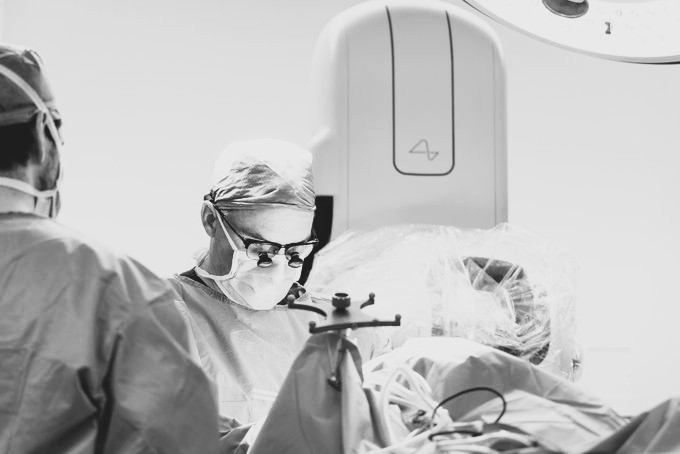
Financial Growth and Market Value
While Neuralink remains a private company, its valuation has risen dramatically. Early in its journey, Richest Man In The World funded the company largely himself. By 2025, Neuralink’s valuation has surpassed $5 billion, driven by investor excitement and groundbreaking research. Although it represents only a small fraction of Richest Man In The World’s total net worth, Neuralink is one of his most philosophically ambitious ventures — a project that could redefine medicine, memory, and even identity.
The Bond Between Musk and Neuralink
Musk’s role in Neuralink goes beyond that of a traditional investor. Richest Man In The World personally shapes its mission, strategy, and public image
He often appears in technical presentations, discussing neurons, electrodes, and the ethical boundaries of human enhancement. His confidence and charisma attract world-class engineers and neuroscientists who share his vision. Neuralink, under his guidance, is not just a company — it’s a movement that challenges what it means to be human in the age of AI.
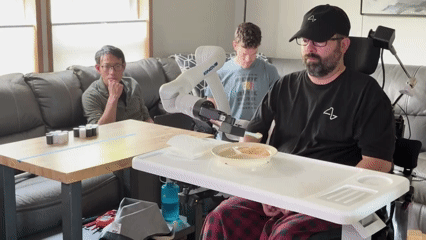
Toward a Merged Future
Looking ahead, Neuralink’s goals stretch beyond medical therapy. Richest Man In The World imagines a world where humans can store memories digitally, communicate without speech, and even link minds together. Though these ideas sound futuristic, Musk’s track record — from Tesla to SpaceX — suggests they might not be far away. Neuralink’s story is still being written, but one thing is certain: Richest Man In The World is not just building technology — he’s trying to upgrade humanity itself.